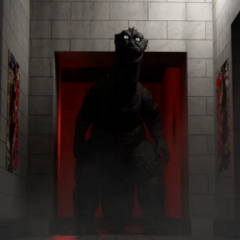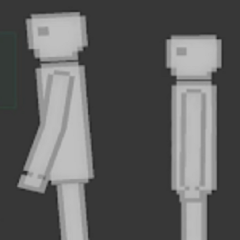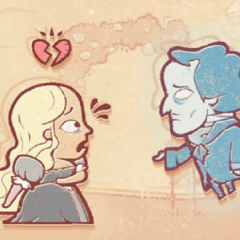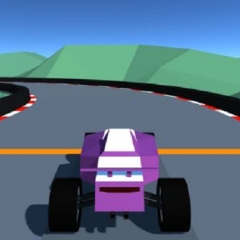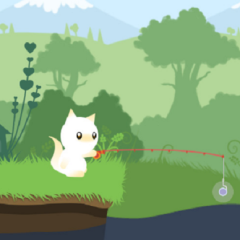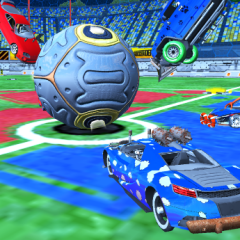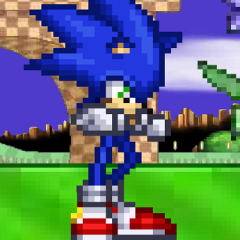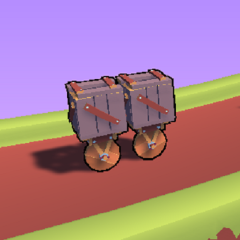Getting Over It places the player in control of a man stuck in a cauldron, using only a hammer to climb a massive, abstract mountain. The entire control scheme revolves around swinging, dragging, and leveraging the hammer against surfaces. There are no jump buttons or traditional movement keys—everything is handled through mouse motion, which makes every action feel direct but unstable. Success relies entirely on mastering how to control momentum and angle under constantly changing terrain conditions.
Punishment, Precision, and Progress
The game is known for its harsh design—one mistake can send the player sliding down great distances, erasing minutes or even hours of progress. There are no checkpoints or recovery tools, making each upward move a risk. Despite the frustration, the game rewards patience and slow improvement. Each section demands a different use of the hammer, whether it’s a small ledge grab or a powerful swing over a wide gap. The difficulty isn’t in randomness, but in the demand for control and consistency.
Visual Style and Game Intent
Visually, Getting Over It uses simple textures and surreal object placement to create a space that feels unnatural and out of place. Everyday objects like furniture and construction debris are stacked into a bizarre vertical obstacle course. The game includes narration from the developer, offering commentary that mixes reflection with provocation as the player climbs. The tone is both philosophical and challenging, framing failure as part of the experience. It’s a game less about reaching the top and more about how players respond to repeated setbacks.




